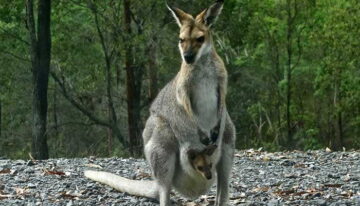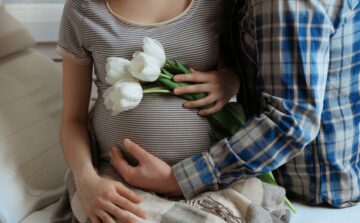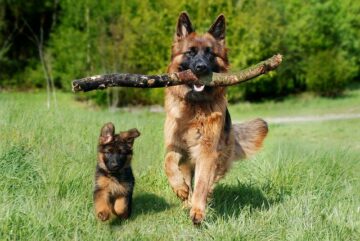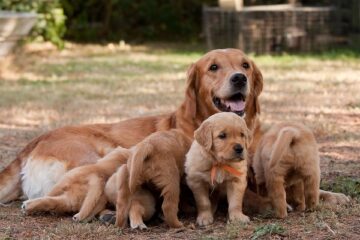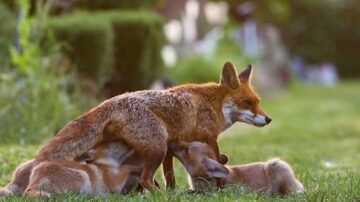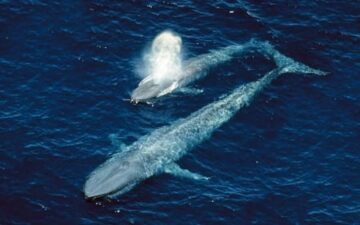This website was created to help people find interesting information about the gestation, pregnancy and due dates of animals and even humans. We provide pregnancy care tips as well as different online gestation/due date calculators and printable charts that could be used to find the estimated due date of varieties of animals.
Animal reproduction classifies living beings in the Animalia kingdom into four groups according to the characteristics it presents: Viviparous, Ovoviviparous, Oviparous and ovuliparous. Although the term gestation can be used interchangeably in these four modes of reproduction to refer to the process by which an animal reproduces and is capable of having offspring, we will strictly speak of gestation when it is a viviparous animal. It is only in this group of animals that the offspring develops within the mother’s womb from the moment of conception until birth, exchanging substances with the mother and supplying her energy reserve.
What is Gestation?
The term “gestation” was formed from a Latin word “gestare” which means ‘to carry or bear.’ Gestation is simply defined as the time period between conception (being pregnant) and parturition (giving birth). In other words, it is the period of time when the development of the fetus or baby occurs inside the female animal. Gestation can also be described as time a fetus (or baby) grows and develop inside the mother. A fetus grows and develops in the womb during gestation.
What is Gestation Period?
Gestation period is defined as the time interval of a gestation. It is how long a woman or animal is pregnant or carrying a baby inside her. Gestational Age is the term used to determine the level of development or advancement of pregnancy. Gestation age is measured in weeks. Gestational age is subdivided into two stages, which are the Embryonic Period and the Fetal Period. The expected day in which a woman or animal is expected to give birth after being pregnant is known as the Due Date.
Animal Gestation
Zoology, a biological discipline that is in charge of the study of animals, defines animal gestation as the process through which the female of the species, after being fertilized, is capable of carrying a fetus within a structure specialized in its womb and to support it until the moment of birth. This fetus receives in the womb the nutrients and oxygen it needs for the development and maturation of all its organs. In the initial stage of its development, it is called an embryo, after a few weeks this embryo is renamed a fetus until birth occurs and it is called a neonate or baby.
Animals that carry their young inside them before birth as described above are called Viviparous Animals. The vast majority of mammals, including humans, are viviparous, as well as some types of fish, reptiles, insects and amphibians. The most advanced form of pregnancy is called placental viviparism, and it is one in which an attached organ called the placenta develops, which is responsible for satisfying the fetus’s needs for breathing, feeding, and excretion. There are viviparous animals such as mammals that are capable of having multiple pregnancies, which means that more than one young can be born at the end of each gestation.
Join Our Mailing List
Sorry, we couldn't find any posts. Please try a different search.
